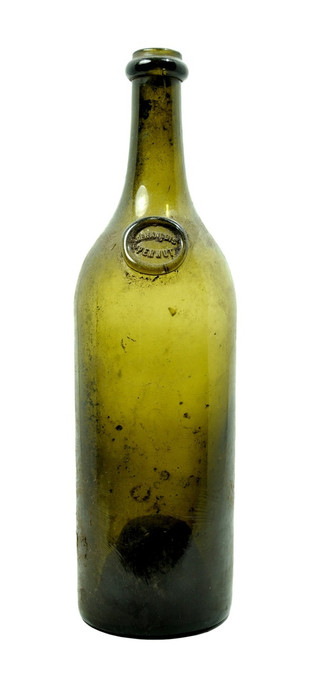

Ordinaire’s wormwood potion, Pernod soon opened a larger distillery in Pontarlier, France, where absinthe would gain its international reputation as the drink of choice for artists, writers, and intellectuals.ĭespite the common association between Bohemians and absinthe, the drink was especially democratic. Five years later, Henri-Louis Pernod, father of the Pernod brand, opened his first absinthe distillery in Switzerland. Legend has it that Ordinaire passed down his absinthe recipe his deathbed. Ordinaire crafted a drinkable concoction using local herbs mixed with Artemisia absinthium, or wormwood, to produce an emerald green elixir rumored to cure everything from flatulence to anemia. Ordinaire retreated from the French Revolution to settle in the small Swiss town of Couvet. The production and sale of absinthe subsequently became legal in many countries, fueling a modern revival in absinthe consumption.Though the history of wormwood-infused liquor extends back to the days of the Egyptian empire, the credit for what we now know as one of the most infamous beverages, absinthe, goes to a French doctor, Pierre Ordinaire. The psychological symptoms attributed to the liquor were later thought to be caused by thujone, a toxic chemical present in wormwood that conjecture was disproved in the late 1990s. Whether absinthe has hallucinogenic effects remains unclear. In 1918 Pernod Fils established a factory in Tarragona, Spain, to manufacture both absinthe and a similar beverage, without wormwood, for export to those countries prohibiting true absinthe. Absinthe manufacture was prohibited in Switzerland in 1908, in France in 1915, and eventually in many other countries. The beverage was first produced commercially in 1797 by Henry-Louis Pernod, who used a recipe purchased by his father-in-law, Major Dubied.Ībsinthe came to be considered dangerous to health because it appeared to cause convulsions, hallucinations, mental deterioration, and psychoses. The flowers and leaves of wormwood ( Artemisia absinthium) are the chief flavouring ingredients other aromatic ingredients include licorice (which usually predominates in the aroma), hyssop, fennel, angelica root, aniseed, and star aniseed. Absinthe is made from a spirit high in alcohol, such as brandy, and typically is marketed with alcoholic content of 68 percent by volume. Highly aromatic, this liqueur is dry and somewhat bitter in taste. SpaceNext50 Britannica presents SpaceNext50, From the race to the Moon to space stewardship, we explore a wide range of subjects that feed our curiosity about space!Ībsinthe, flavoured distilled liquor, yellowish green in colour, turning to cloudy opalescent white when mixed with water.

Learn about the major environmental problems facing our planet and what can be done about them! Saving Earth Britannica Presents Earth’s To-Do List for the 21st Century.Britannica Beyond We’ve created a new place where questions are at the center of learning.100 Women Britannica celebrates the centennial of the Nineteenth Amendment, highlighting suffragists and history-making politicians.
#ABSINTHE BOTTLE HOW TO#


 0 kommentar(er)
0 kommentar(er)
